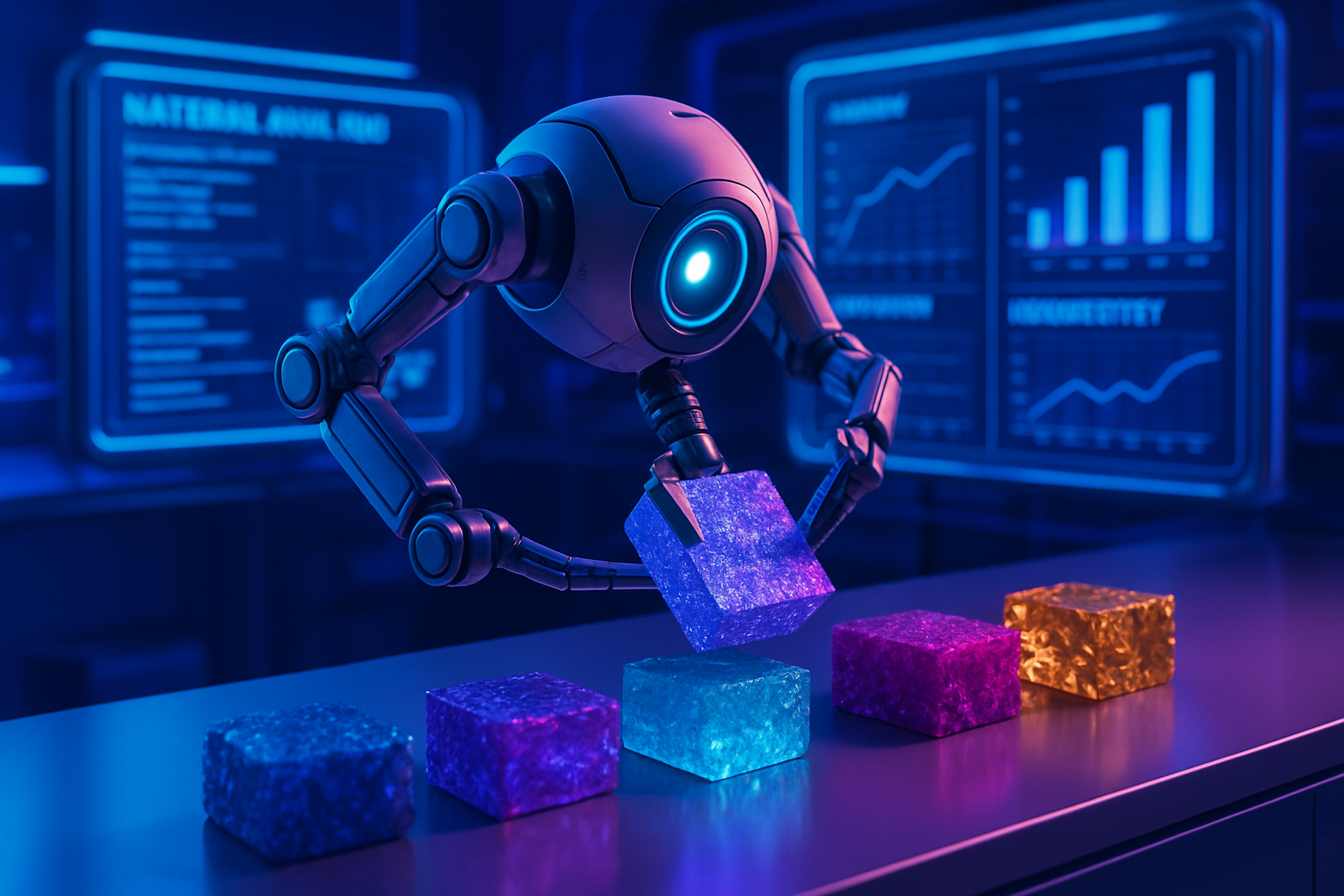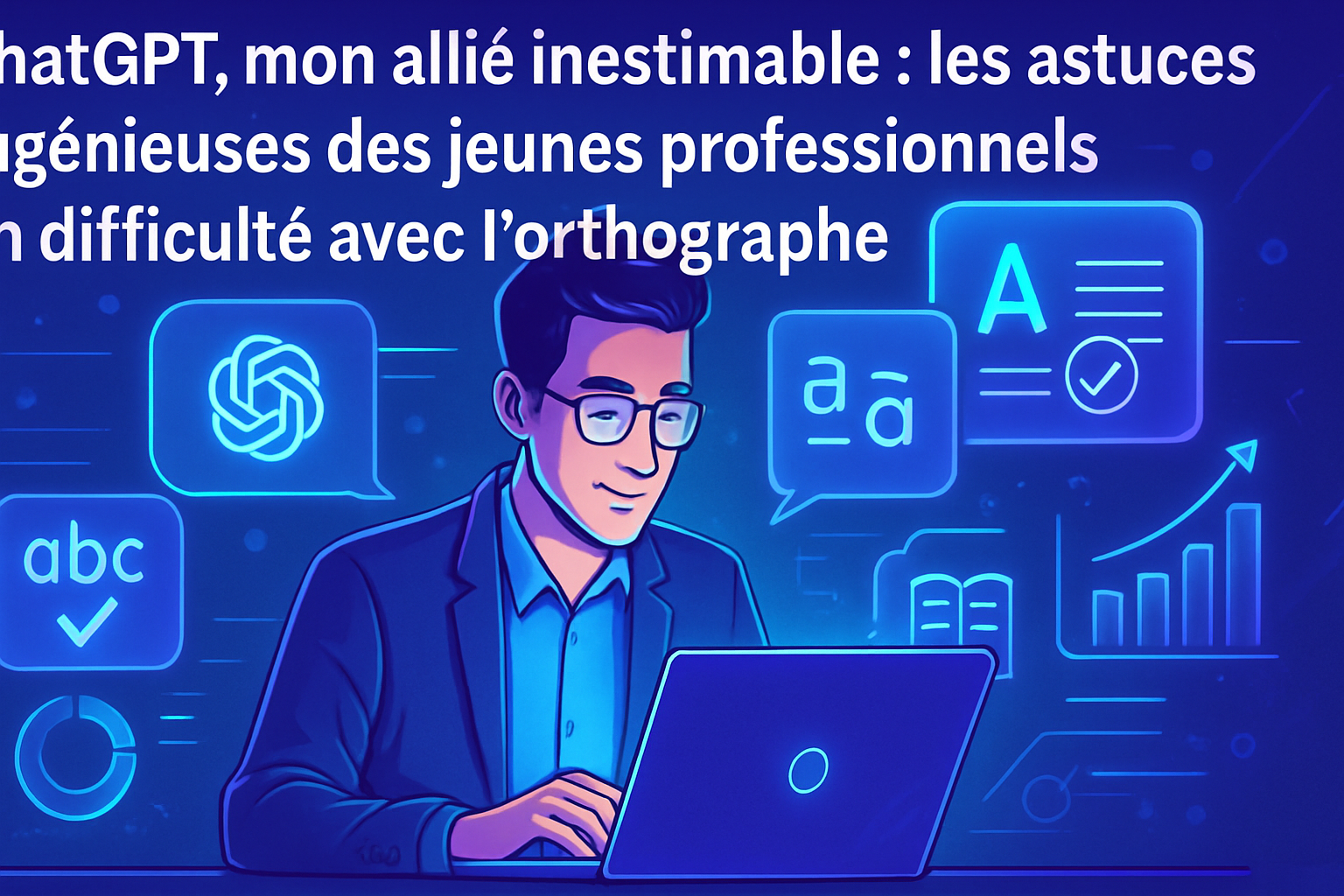The rapid evaluation of material properties poses a major challenge in technological innovation. Autonomous robotic systems are emerging as a promising solution to accelerate this process. A robotic probe is revolutionizing semiconductor analysis by measuring photoconductance, thus revealing crucial information. These advances could transform the research and development of new sustainable materials for energy applications. The fusion of artificial intelligence and robotics is redefining traditional methods, bringing a breath of fresh air to material discovery.
A major advance in material characterization
Scientists are embarking on the quest for new semiconductor materials to increase the efficiency of solar cells and other electronic devices. However, innovation is hampered by the slow pace of traditional methods for measuring material properties. An innovative solution is emerging through an autonomous robotic system developed by researchers at MIT.
An autonomous robotic system
This system uses a robotic probe to evaluate an essential electrical property: photoconductance. This characteristic defines a material’s reactivity to light. By injecting materials science knowledge into a machine learning model, researchers have enabled robots to optimize their contact with samples, thus maximizing the information obtained.
The system establishes ideal contact points with materials while allowing for efficient planning of probe movements. During a 24-hour test, the robotic probe made over 125 unique measurements per hour, exhibiting accuracy and reliability superior to current methods based on artificial intelligence.
Integration of human knowledge
The knowledge of materials science experts has been integrated into the machine learning model, enabling the identification of the best contact points for photoconductance measurements. This process involves computer vision taken from an image of a material sample, segmented, and fed into a neural network.
The robots ensure the repeatability and precision of operations. However, human expertise remains essential to utilize the wealth of knowledge accumulated over decades of study. Each sample presents unique shapes, making each measurement delicate.
Improvement of analysis speed
The speed of this process relies on the self-supervised nature of the neural network model. Contact points are determined directly from the sample image, without requiring labeled training data. The researchers have also optimized the trajectory planning procedure, discovering that a slight addition of noise to the algorithm accelerates the search for the shortest path.
This integrated approach combines hardware, software, and materials science skills. A multidisciplinary team proves essential for driving rapid and effective innovation in material research.
Rich data for innovation
The tests conducted have enabled the measurement of over 3,000 unique photoconductances in 24 hours, a considerable achievement compared to traditional methods. The detailed data obtained allows for the identification of areas exhibiting superior photoconductance and others in degradation, thus opening the door to significant discoveries.
This ability to gather complex data at high speeds without human intervention propels semiconductor research. Researchers plan to continue developing this robotic system to create a fully autonomous laboratory dedicated to discovering new high-performance materials, particularly for sustainable applications such as solar panels.
Frequently Asked Questions
What is a robotic probe for material evaluation?
A robotic probe is an automated system that uses advanced technologies, such as robotics and machine learning, to quickly and accurately measure the electrical properties of materials, such as photoconductance.
How does the robotic probe measure photoconductance?
The robotic probe places a sensor in contact with the material, illuminates the surface, and then measures the electrical response, while using machine learning algorithms to select optimal contact points on the sample.
What types of materials can be evaluated by the robotic probe?
The robotic probe can be used to evaluate a wide range of materials, including semiconductors, perovskites, and other materials used in photovoltaic applications.
What is the main advantage of using a robotic probe compared to manual methods?
The robotic probe significantly increases the speed and accuracy of measurements, performing over 125 unique evaluations per hour, thus accelerating the process of discovering new materials.
How does the robotic probe’s approach impact the development of solar panels?
By enabling rapid and precise characterization of new materials’ properties, the robotic probe contributes to the discovery of more efficient semiconductors, which could improve the efficiency of solar panels.
What challenges have been overcome in the development of this robotic probe?
The researchers integrated domain knowledge, such as that from chemists, into the machine learning model to refine contact points and optimize the probe’s trajectory planning algorithms.
Can the robotic probe operate without human intervention?
Yes, the robotic probe is designed to function autonomously, but it is still essential to have human experts supervise the process and integrate specialized knowledge into the robot’s operation.
What typical results are obtained with the robotic probe?
During a 24-hour experiment, the probe achieved over 3,000 unique measurements of photoconductance, providing detailed data on the performance and defects of the evaluated materials.
What future developments are envisioned for this robotic technology?
Researchers aim to continue refining this technology to create a fully autonomous laboratory dedicated to material discovery, further enhancing the efficiency of research and development processes.






